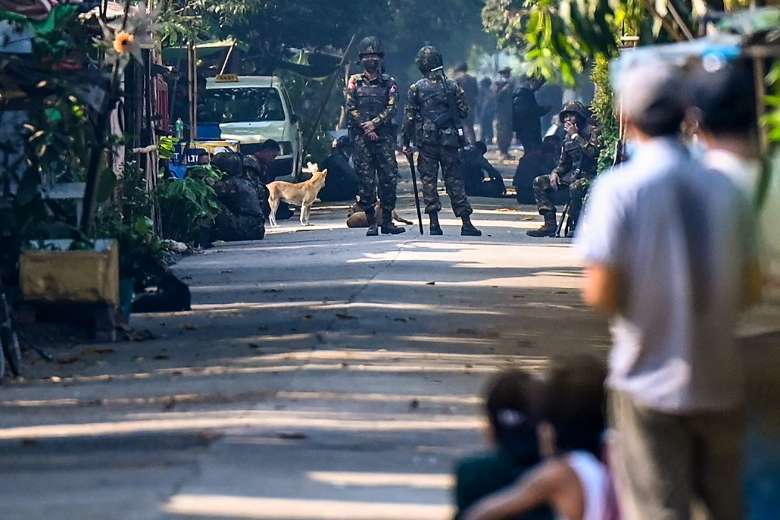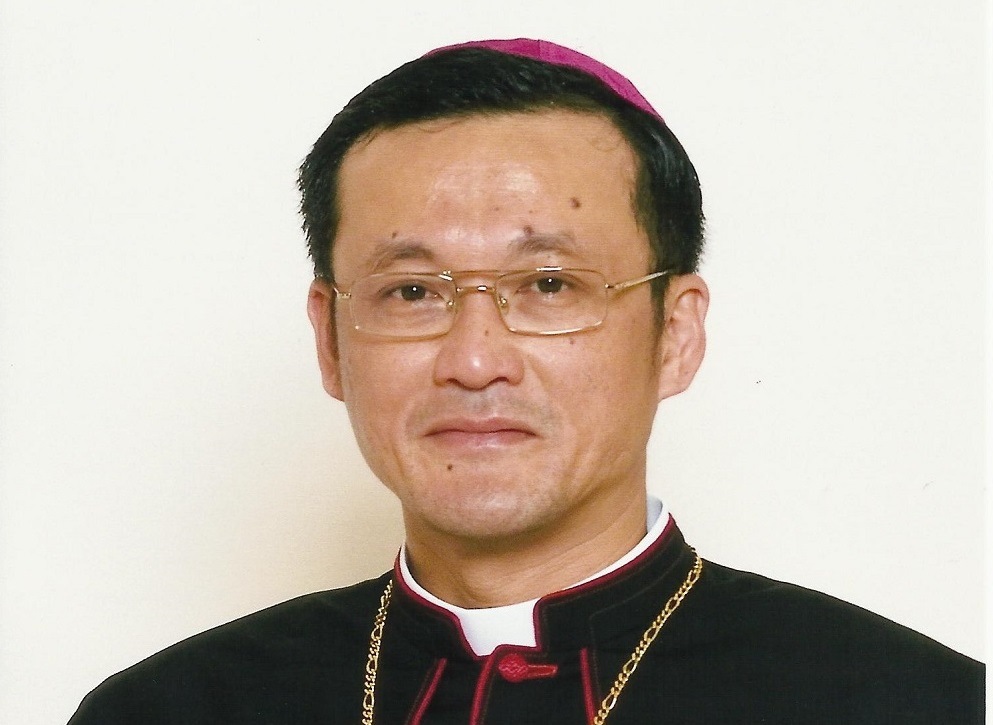Reverend Akira Sato stands in front of the new Fukushima First Bible Baptist Church in the Izumi district of Iwaki in Fukushima prefecture. (Photo: AFP)
By Cristian Martini Grimaldi, Tokyo
Mar 12 2021
The northeast region still bears the scars of the earthquake and tsunami that claimed 19,000 lives in one day
When people hear the word “Fukushima,” everyone has in mind an explosion at a nuclear plant and towns evacuated due to a radiation discharge. But in terms of victims, the tragedy of 10 years ago should bear the name of Miyagi, the Japanese prefecture that was home to more than 70 percent of the victims — and they did not die from radiation.
In the Western imagination, there is great confusion with the Chernobyl nuclear disaster in the Ukraine in 1986. In Japan, on March 11, 2011, about 19,000 people died, almost all of them by drowning. Only in 2018 was the first radiation victim confirmed, an operator working on the dismantling of the destroyed nuclear plant.
On that dreadful day 10 years ago, the tide crept almost imperceptibly through the dense houses of Rikuzentakata city on the coast of Miyagi prefecture. More than 1,000 people perished. The city is still a flat wasteland today.
Kumiko works near the new city market. The old one is still there a few meters away, an abandoned ruin that stopped time at that precise moment: at a dizzying 14.5 meters high, a plaque will forever remind posterity where the ocean left its footprint.
Only one tree stands tall now, the only surviving symbol of a small forest close to the coast leveled like a savannah.
Rikuzentakata is just one of the Tohoku sites that suffered the worst effects of that mighty one-two earthquake that measured 9.1 on the Richter scale and subsequent tsunami — among the deadliest that history remembers. The tsunami then indirectly generated the explosion (putting out of use the emergency cooling pumps) and the subsequent discharge of radiation from the Fukushima power plant, which is still being dismantled today.
One hundred kilometers further south in Ishinomaki, 3,286 people perished, mowed down by a wave that traveled — on land — at 45 kilometers an hour.
There are those who tried to escape by car and found themselves swallowed up in traffic. The elementary school is still there, isolated and decrepit in memory of the victims.
Today no one would think of Ishinomaki as a seaside town; the sea is simply not visible anymore. Since then a mighty barrier has risen, a huge concrete anvil between the town and the coast. The technical reason for this gigantic solution is not to block the next tsunami but to weaken it. The classic vertical walls, now obsolete, would generate a “slingshot” effect, accelerating the motion of the water.
In the days that followed the panic, it was said that many had not made it to safety because the alarms had made a mistake in estimating the height of the tsunami. This is not exactly the case. There had been alarms announcing a 6-meter tsunami — enough to make those living in front of the sea run for cover — but they were ignored. For years large and small tsunamis were announced by large megaphones scattered around the coastal cities, but the great wave was either completely non-existent or only a few centimeters high. Whoever always lies, in the end, when it counts, is not believed. Aesop’s fable (wolf, wolf) is also known on these shores.
“I know people who have stayed at home feeling safe on the second floor,” said Kenichi-san, who has been the keeper of a museum dedicated to the tragedy. The museum is visible from far away. In fact, it is in the middle of the swept-away earth basin. Of the 1,800 houses, only five remain standing.
Half of the land where the town once stood was bought by the government to transform it into a park dedicated to the memory of the victims. It is a slow project with very high costs.
To which is added the additional insult of the Tokyo Olympic Games, which some say has hampered the reconstruction efforts in many devastated areas. In fact, preparations for the Olympics led to a shortage of construction materials. In Iwate prefecture, the rebuilding of a damaged civic gymnasium faced dramatic delays due to a shortage of steel beams and bolts. All this despite Tokyo’s much-vaunted desire to rebaptize the event — later postponed due to Covid — as the “Reconstruction Olympics” (where reconstruction means post-Fukushima).
“The wall was opted for simply because 100 percent of the costs were borne by the central government and the prefecture wants to take advantage of it,” says Tadashi, whose house is located a stone’s throw from where one of the most dramatic videos of that day was recorded. “It’s a gray barrier that covers the view of the sea and depresses everyone.”
The wall solution to tsunamis conquered the Japanese after the case of Taro, a town in the prefecture of Iwate. In 1934, the small town erected a barrier 10 meters high and 2.5 meters wide which took 44 years to complete.
That wall became an instant celebrity in 1960 when it successfully protected the city in the last great tsunami of the last century, the one renamed “Chile” (it departed from South America). But compared to that of 2011, it was useless — the ocean passed over everything, killing more than 200 people.
“There will be other earthquakes and therefore other tsunamis, even higher than the recent one,” says Satoshi, manager of a hotel in Kamaishi where more than 1,000 people lost their lives that day.
Here, too, the then (completely powerless) wall has been updated with double armor. When I ask Satoshi if the wall in spite of everything makes life less anxious, his answer is pithy. “There is a saying among us here. At the next tsunami don’t think about the wall, think about getting the hell out.” – UCANews



















































